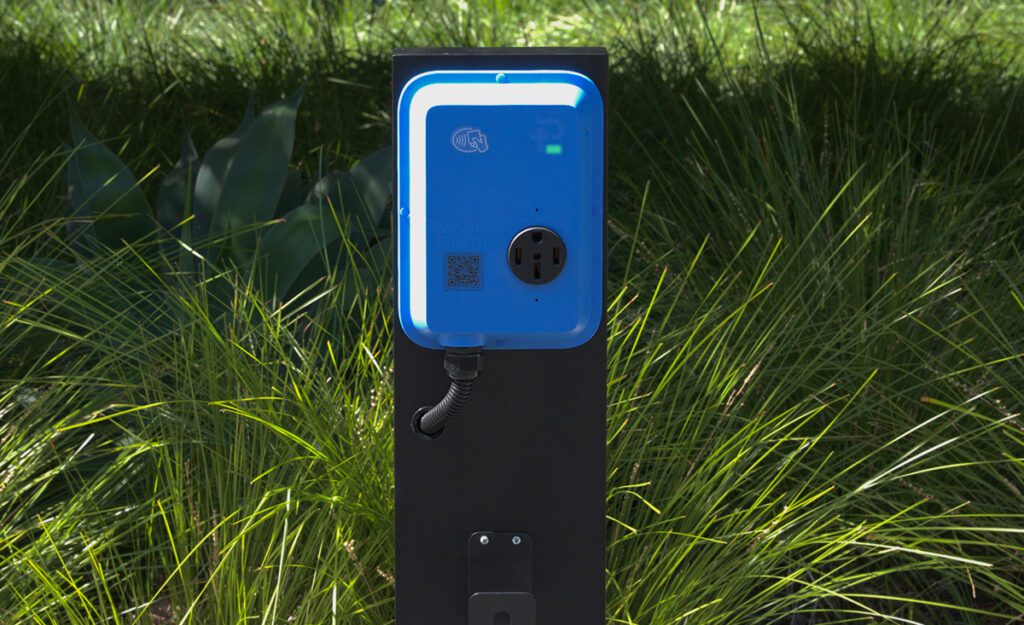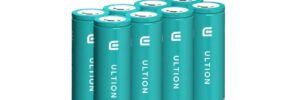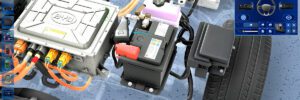
Ideal Power has the power rating of its discrete B-TRAN bidirectional semiconductor power switch from 50 A to 75 A. The company says that the higher rating is supported by extensive internal and third-party testing, and no design or packaging changes were required.
While the official rating is now 75 A, the device has been subjected to long-term, continuous testing at up to 150 A. The discrete B-TRAN and the SymCool power module—which uses the same B-TRAN dies—are both targeted at solid-state circuit breaker and EV contactor applications.
Ideal Power expects to announce an increase in the SymCool module’s power rating later in 2025, with updated technical documentation. Ideal Power’s B-TRAN technology is a double-sided, bidirectional alternating current (AC) switch. The company syas B-TRAN improves performance compared to conventional power semiconductors by reducing conduction and switching losses, simplifying thermal management, and potentially lowering operational costs in switching and control circuitry.
Source: Ideal Power









